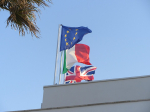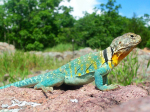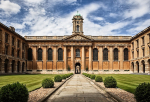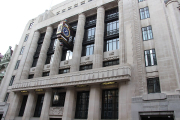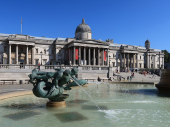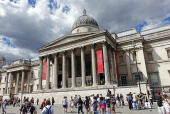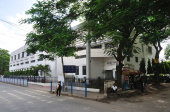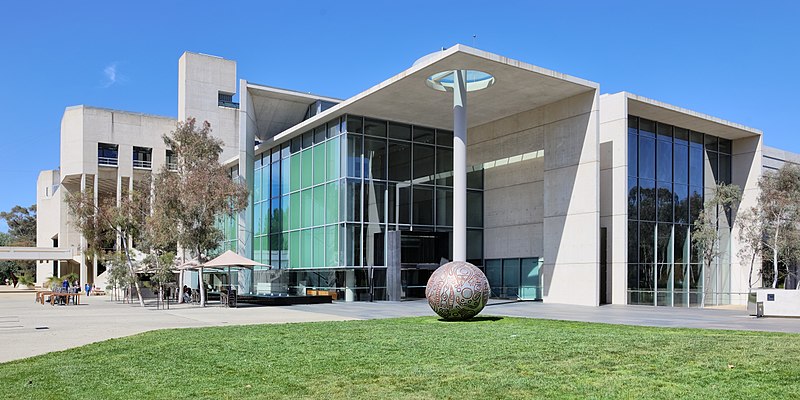
In a significant gesture towards rectifying past injustices, Australia's national gallery has decided to return three bronze sculptures from the 9th and 10th centuries to Cambodia.
The decision came after an extensive decade-long investigation conducted by both Australia and Cambodia to ascertain the origins of these artifacts.
The three sculptures were traced back to the Champa Kingdom, which once occupied territories in Vietnam and Cambodia. The National Gallery of Australia (NGA) had purchased these artworks for A$2.3 million in 2011 from British artifacts smuggler Douglas Latchford, who passed away in 2020. Latchford had faced allegations of involvement in the illegal trade of antiquities since 2016, and in 2019, charges were filed against him concerning the trafficking of stolen and looted Cambodian artifacts.
According to reports, the statues were discovered in a field in Tboung Khmum, Cambodia, in 1994 and subsequently smuggled to art dealers in Thailand before becoming part of Latchford's collection.
In an effort to facilitate the return of these stolen artifacts, Nawapan Kriangsak, Latchford's daughter, collaborated with researchers from the NGA and Cambodia's Ministry of Culture and Fine Arts.
During a handover ceremony on Friday, Australia's Special Envoy for the Arts, Susan Templeman, described the move as an opportunity to right a historical wrong and strengthen ties between the two countries while deepening their understanding.
This is not the first time the NGA has taken action to remove stolen art from its collection. In 2021, the gallery returned a series of artifacts to India, some dating back to the 11th Century, which were linked to the alleged antiquities smuggler Subhash Kapoor and the late New York art dealer William Wolff.
The global push to return looted cultural goods has gained momentum, with various countries actively seeking repatriation of their culturally significant antiquities. In a separate instance, four Aboriginal spears taken by British explorer Captain James Cook during his arrival in Australia in 1770 were recently announced to be returned to their traditional owners after a 20-year campaign by First Nations communities. Photo by Thennicke, Wikimedia commons.











